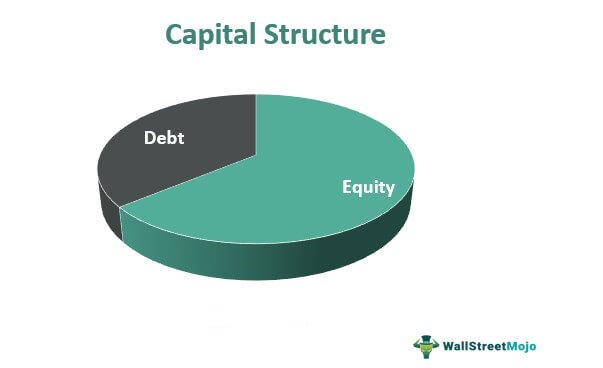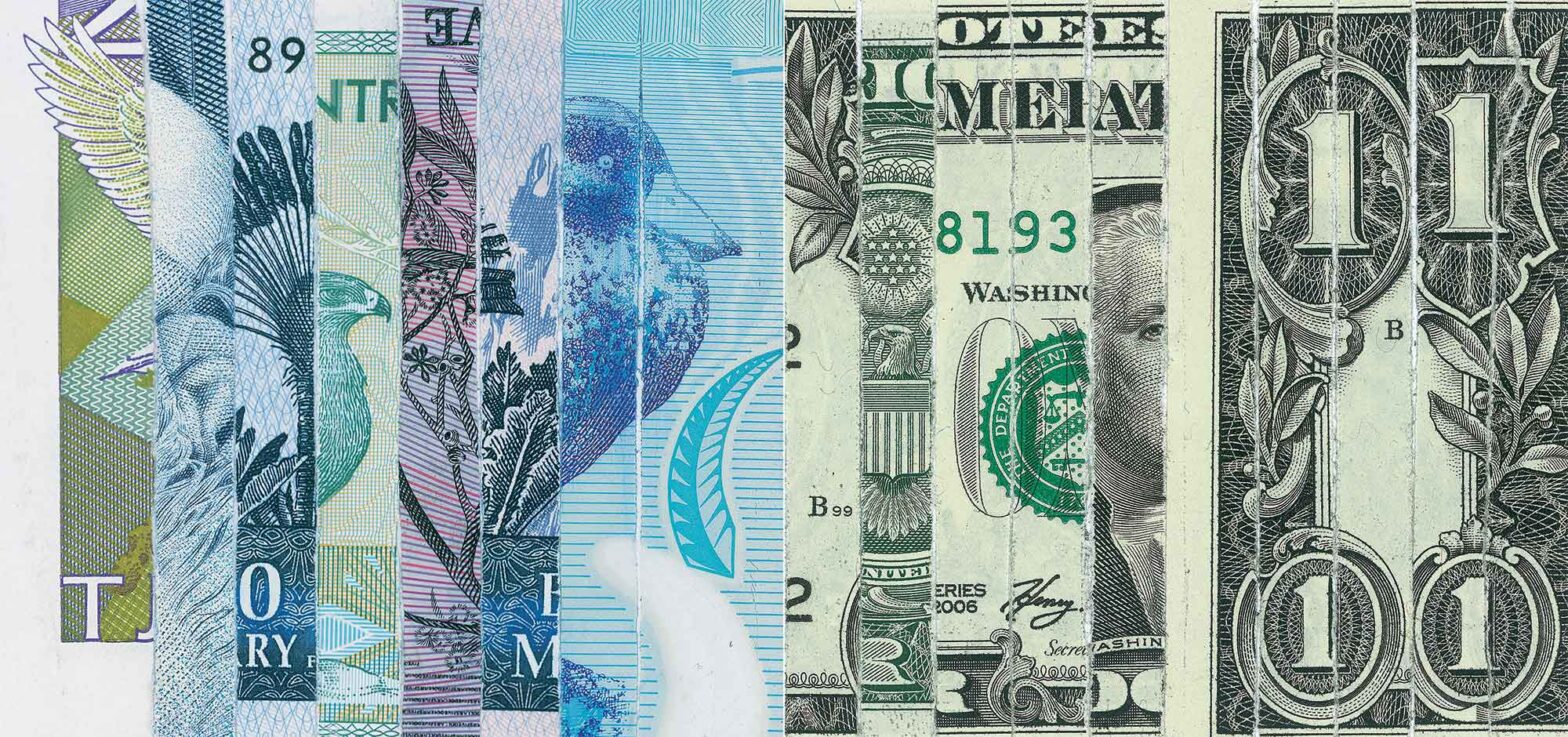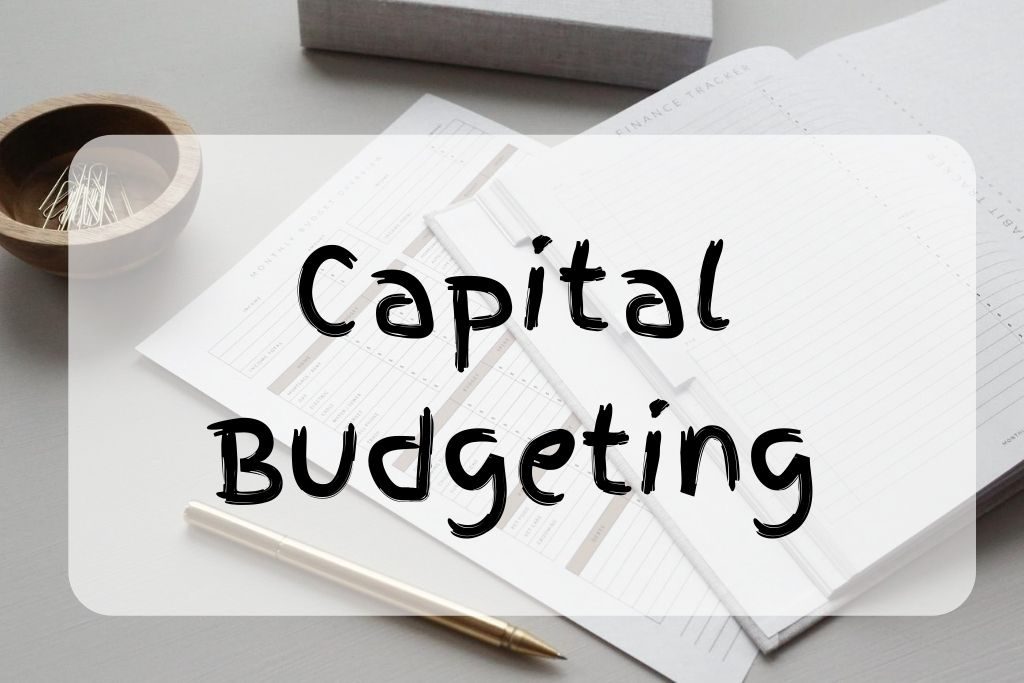The capital structure of a company is the composition of its long-term financing. It is typically composed of debt (including bonds and loans), preferred equity, and common equity. The debt portion includes all interest-bearing obligations, while the equity portion consists of all ownership interests. A company’s capital structure is important because it can affect the… Continue reading Capital Structures | How to Benefit?
How do Venture Capitalists Select Companies?
Venture capitalists (VCs) are individuals or firms that invest in high-growth, early-stage businesses. VCs typically invest in companies that have the potential to generate large returns and are too risky for traditional financing sources. There are a number of factors that VCs consider when selecting companies to invest in. These include the company’s business model,… Continue reading How do Venture Capitalists Select Companies?
How Metro Rail Develops an Area?
Metro rail is important for the development of an area because it provides efficient and reliable transportation, which can help to reduce traffic congestion and pollution. In addition, metro rail can also help to boost economic activity by providing access to jobs, shopping, and entertainment. The development of an area is essential for the economy… Continue reading How Metro Rail Develops an Area?
Disadvantages of Metro Rail you need to know
Disadvantages of metro rail include high construction costs and limited accessibility, inflexibility, and difficulty for people with disabilities to access it. Also, it is expensive to build and maintain, and it can be disruptive to neighborhoods during construction. Additionally, metro rail can be less reliable than other modes of transportation during bad weather or mechanical… Continue reading Disadvantages of Metro Rail you need to know
Capital Budgeting | How to manage?
Capital budgeting is the process of making decisions about investments in long-term assets for a company. The goal of capital budgeting is to find projects that will increase the value of the firm and create shareholder wealth. There are several methods that can be used in capital budgeting, including net present value, internal rate of… Continue reading Capital Budgeting | How to manage?
Are Metro Trains Sustainable? Know to grow
Yes, Metro trains are sustainable. The company has a long-term plan to make all of its trains electric by 2030. Additionally, the company is working on other sustainability initiatives, such as reducing energy consumption and waste. The question of whether or not metro trains are sustainable is a complex one. There are many factors to… Continue reading Are Metro Trains Sustainable? Know to grow





